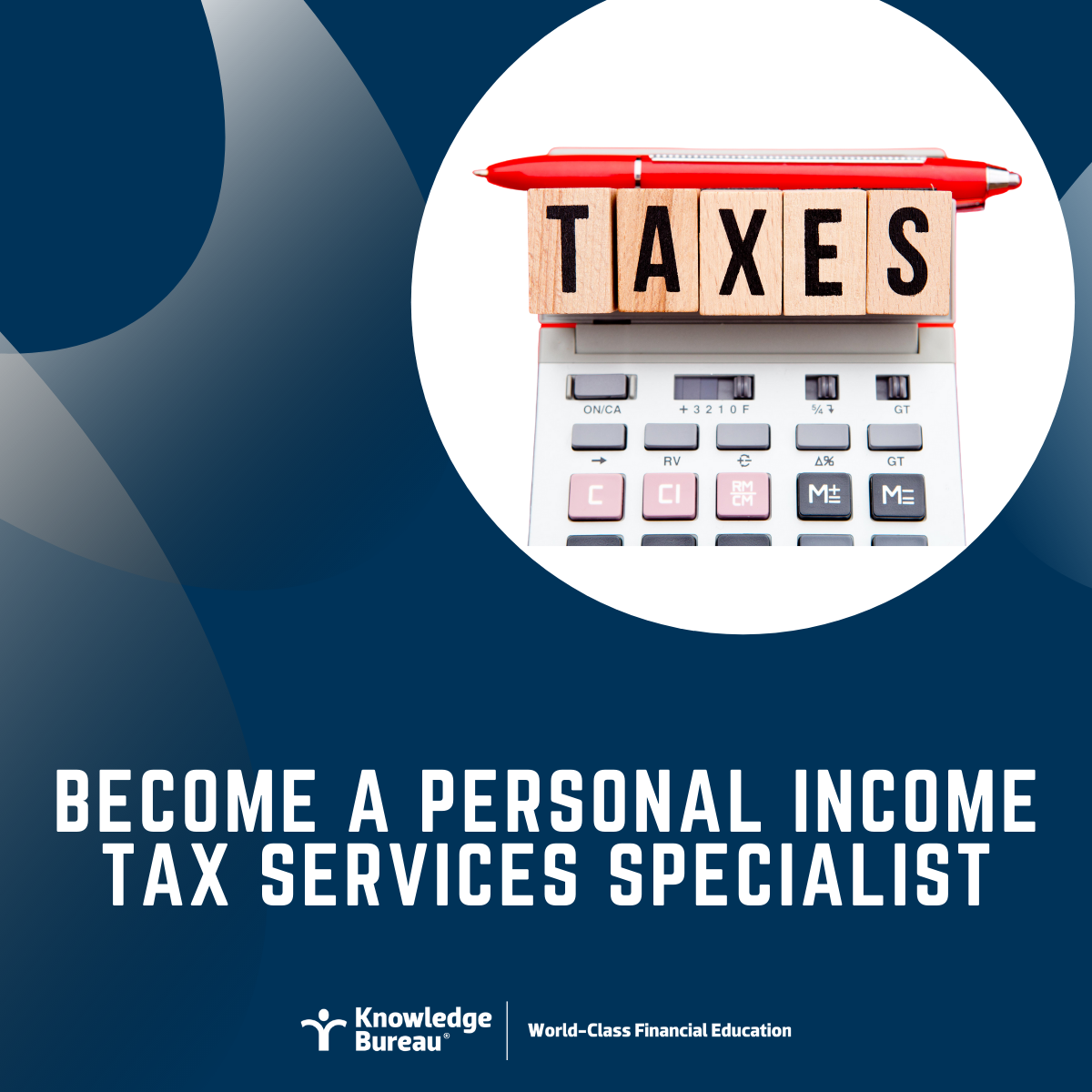Covid and the Disabled: Bring Tax Help

The pandemic has disproportionately affected older disabled people, with those aged 60 and older accounting for one-third of COVID-19 cases nationally, according to Statistics Canada. Tax and financial advisors can do much to help with the financial costs that flow from this, by ensuring that those who may qualify for the Disability Tax Credit for the first time, act now to get a T2201 form signed by a medical professional.
Eligibility for the DTC. If you become disabled, you can claim the disability amount on Line 31600 of your return. You’ll need to get a medical professional to certify that you’re disabled and you’ll need to send the completed Form T2201 Disability Tax Credit Certificate to CRA to qualify for this credit.
If you do not require the full disability amount to reduce your federal taxes to zero, you may transfer the unused portion of the credit to a supporting person. In the case of spouses, that  transfer is made on Schedule 2 and on Line 32600. For other dependants, the transfer is claimed at line 31800.
transfer is made on Schedule 2 and on Line 32600. For other dependants, the transfer is claimed at line 31800.
Taxpayers with “a severe and prolonged impairment in mental or physical functions” may claim it. Here is what that means:
- A prolonged impairment is one that has lasted or is expected to last for a continuous period of at least 12 months.
- A severe impairment in physical or mental functions must restrict the patient from performing the basic activities of daily living, all or substantially all of the time, which is another way of saying 90% of the time or more.
Home and Attendant Care. There are some special rules in making this claim if home or attendant care is involved:
- You may not claim both the costs of nursing home care or full-time attendant care at home as a medical expense, together with the Disability Amount. One or the other can be claimed but not both.
- Those who pay someone to come into the home to provide care for the sick may claim expenditures up to $10,000 ($20,000 in the year of death) as medical expenses and still claim the Disability Amount.
- Individuals who qualify for the disability amount will also be considered to be infirm for the purposes of the Amount for Eligible Dependants, the Amount for Infirm Dependants, and the Caregiver Amount.
Also, if you missed some of these credits in the past (anytime from 2010 forward) it is possible to recover overpaid taxes by filing an adjustment to prior filed returns.
Note: Fees for the completion of the T2201 form are considered to be medical expenses.
Additional Educational Resources: The January Virtual CE Summits. (Enrol by October 31 to save $100),